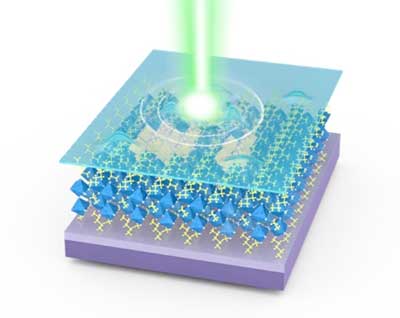Understanding Optoelectronics: Bridging Light and Electricity for Innovation
Definition: Optoelectronics is a subfield of electronics that explores the interaction between light (optical) and electricity. It encompasses the study, design, and manufacture of hardware devices that convert electrical signals into photon signals and vice versa. These devices are pivotal in various applications, including communication, sensing, and lighting.

Core Principles and Technologies
Optoelectronics is founded on the principles of quantum mechanics and the interaction of photons with semiconductors. Semiconductor materials, such as silicon and gallium arsenide, play a central role in the functionality of optoelectronic devices by allowing for the efficient emission, detection, and modulation of light. Devices like light-emitting diodes (LEDs), laser diodes, photodiodes, and optical fibers are at the heart of optoelectronic technology.
Significance and Applications
Optoelectronics significantly impacts various applications:
- Communications: Fiber optic systems use optoelectronics for high-speed, low-loss data transmission.
- Information Processing: Optoelectronics enhances data transfer in computing.
- Energy Efficiency: LEDs are known for their energy-efficient lighting.
- Sensing and Imaging: Optoelectronic sensors are crucial in medical diagnostics and environmental monitoring.
Key Components of Optoelectronics
Understanding the building blocks of optoelectronic devices is essential:
- Light Emitting Diodes (LEDs): LEDs are widely used for lighting and displays, known for their efficiency, durability, and long life.
- Laser Diodes: These are critical in optical communication, bar-code readers, and laser printers, providing focused, coherent light.
- Photodiodes: Photodiodes detect light and convert it into an electrical signal, essential in cameras, solar cells, and optical communication.
- Optical Fibers: Made from glass or plastic, optical fibers transmit light signals over long distances with minimal loss, central to modern telecommunications.
Advancements and Future Directions
The field of optoelectronics continues to evolve, driven by research and development aimed at improving efficiency, reducing costs, and discovering new applications. Innovations like organic LEDs (OLEDs), quantum dots, and photonic crystals are shaping the future, offering prospects for even faster communication systems, more efficient solar cells, and breakthroughs in healthcare technology.
Challenges and Considerations
Optoelectronics faces challenges such as efficiency improvement, cost reduction, and overcoming fabrication complexities. Specific challenges include the intricate processes required to manufacture high-performance devices and the performance limits of devices across different wavelength ranges, impacting their application in fields like telecommunications and sensing.
Further Reading
Opto-Electronics Review – an open access journal dedicated to optoelectronics
